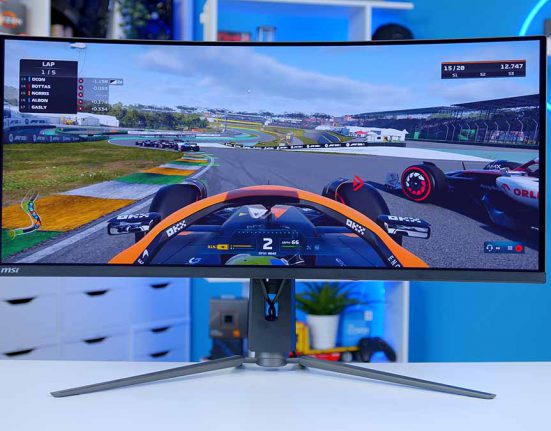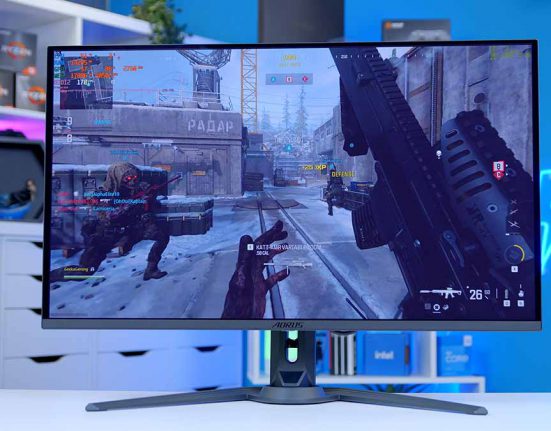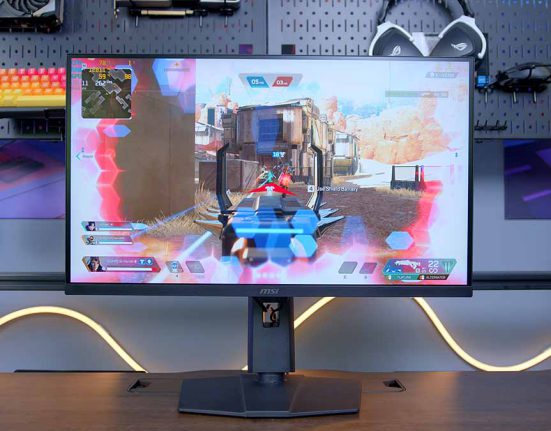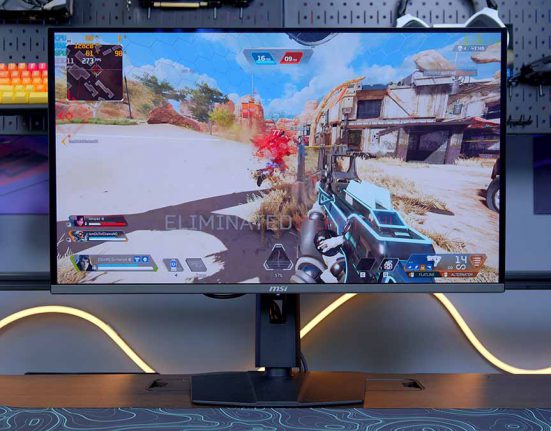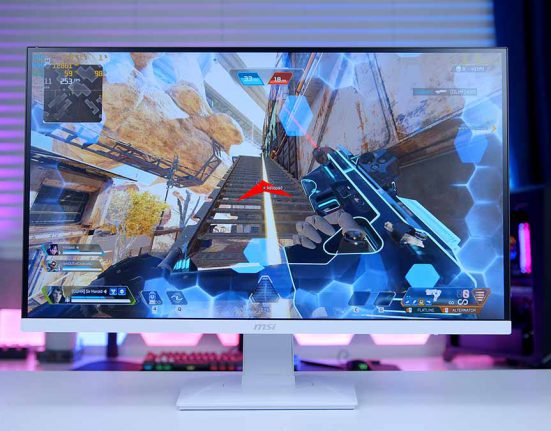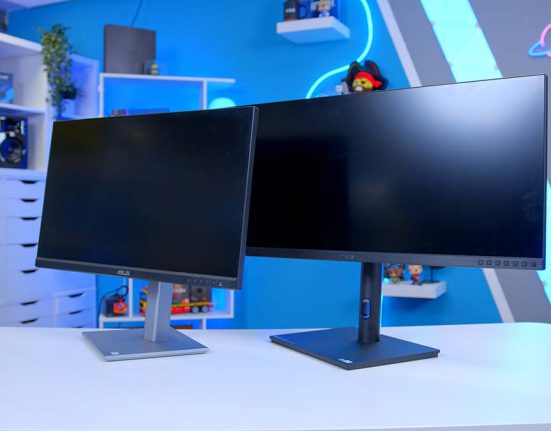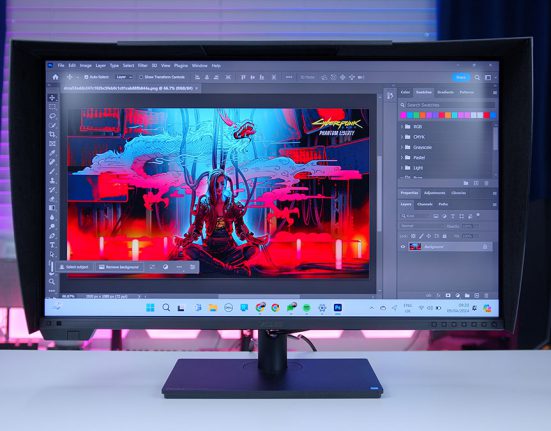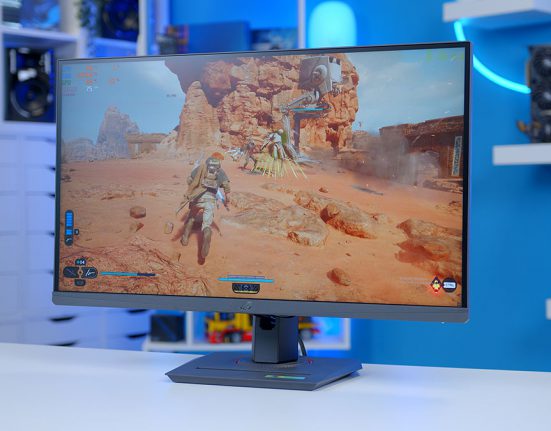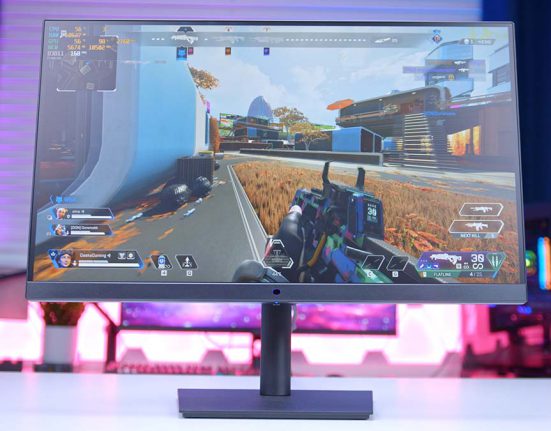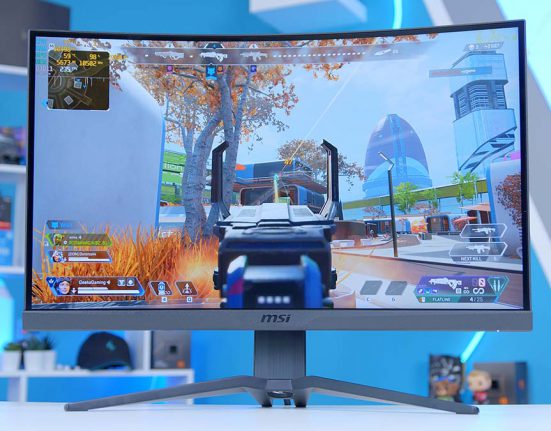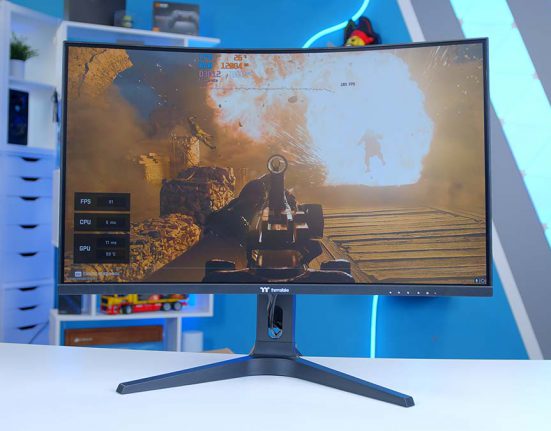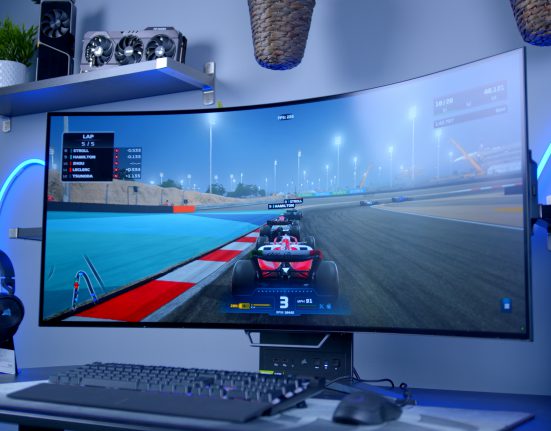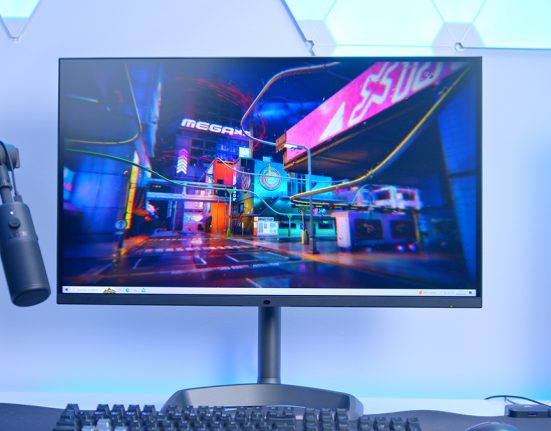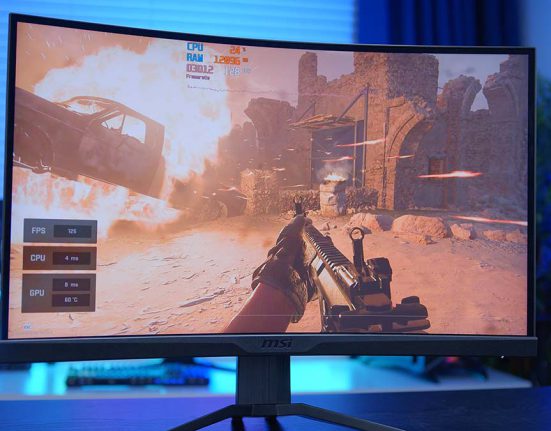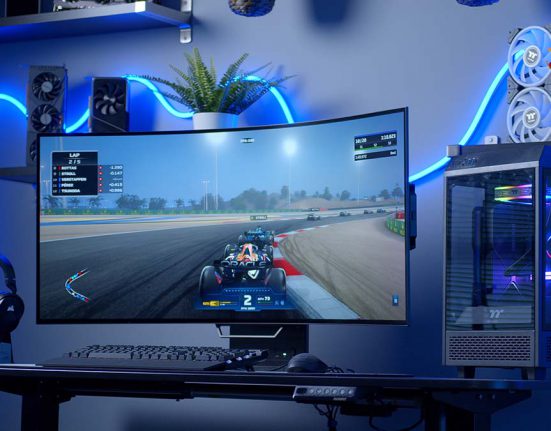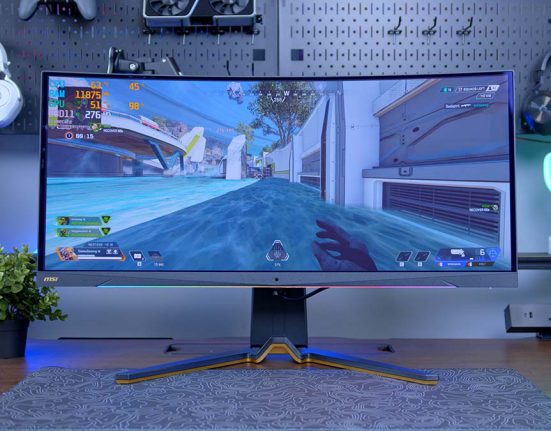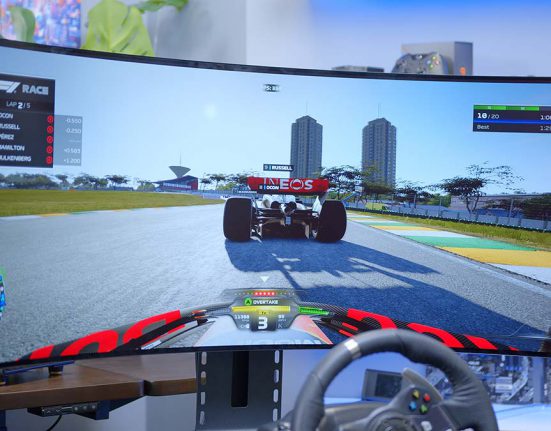Monitors
Reviews
MSI MPG 321URX QD-OLED Gaming Monitor Review
- by Jay Harris
- June 25, 2024
- 9 minutes read
Buyers Guides
Monitors
Best ASUS ProArt Monitors to Buy in 2024
- by Aled Wheeler
- April 26, 2024
- 8 minutes read
Monitors
Reviews
Cooler Master Tempest GP2711 Gaming Monitor Review
- by Jay Harris
- April 22, 2024
- 8 minutes read
Monitors
Reviews
ASUS ROG STRIX XG27ACS Gaming Monitor Review
- by Aled Wheeler
- March 28, 2024
- 6 minutes read
Monitors
Reviews
Cooler Master GM2711S Gaming Monitor Review
- by Aled Wheeler
- March 14, 2024
- 6 minutes read
Monitors
Reviews
MSI MAG 275CQRXF Gaming Monitor Review
- by Aled Wheeler
- February 26, 2024
- 6 minutes read
Monitors
Reviews
Thermaltake TGM-V32CQ Gaming Monitor Review
- by Aled Wheeler
- February 14, 2024
- 6 minutes read
Monitors
Reviews
Thermaltake TGM-I27FQ Gaming Monitor Review
- by Aled Wheeler
- February 13, 2024
- 7 minutes read
Buyers Guides
Monitors
Best OLED Monitors to Buy in 2024
- by Zane Oliver
- December 29, 2023
- 7 minutes read
Buyers Guides
Monitors
Best 27 Inch Gaming Monitors to Buy in 2024
- by Aled Wheeler
- December 26, 2023
- 6 minutes read
Monitors
Reviews
MSI MAG 275CQRF-QD Review – A Budget Quantum Dot Option
- by Jay Harris
- December 5, 2023
- 8 minutes read
Buyers Guides
Monitors
Best Gaming Monitors to Buy in 2024
- by Aled Wheeler
- November 30, 2023
- 9 minutes read
Monitors
Reviews
MSI MEG 342C QD-OLED Review – The Gold Standard for Gaming Monitors?
- by Aled Wheeler
- November 24, 2023
- 7 minutes read
Monitors
Reviews
Acer Predator X45 Gaming Monitor Review- Complete Immersion!
- by Aled Wheeler
- November 16, 2023
- 7 minutes read


